The article has 1,022 words and takes about 4 to 5 minutes to read.
As temperatures drop, frozen pipes become a significant concern for many homeowners. When water inside the pipes freezes, it expands and can cause the pipes to crack or burst, leading to extensive water damage and costly repairs.
This guide will help you understand the causes of frozen pipes, effective prevention strategies, and the best ways to thaw frozen pipes safely.
Why Pipes Freeze?
Pipes freeze when temperatures plummet below freezing (32°F or 0°C), causing the water inside to solidify and expand. This increase in volume exerts pressure on the pipe walls, often resulting in bursts that can flood your home. Areas like uninsulated basements, attics, garages, and exterior walls are most at risk.
Proactively protecting your pipes is much more affordable than dealing with the aftermath of a burst pipe, making prevention a smart investment.

How to Prevent Frozen Pipes?
Preventing frozen pipes requires keeping cold air out and ensuring water continues to flow through your plumbing system. Here are some essential tips:
1. Seal Vulnerable Entry Points: Inspect the areas where pipes enter your home, especially those that connect to the outdoors, and seal any cracks, holes, or gaps with caulk or weatherstripping. Pipes that pass through exterior walls are particularly susceptible to cold air infiltration.
2. Winterize Outdoor Faucets: Disconnect garden hoses, shut off water to outdoor spigots, and drain any water left in the faucet. This simple step helps prevent trapped water from freezing and causing damage to your plumbing.
3. Avoid Using Antifreeze in Supply Lines: Do not add antifreeze to swimming pool and sprinkler lines unless specifically instructed. Antifreeze can be harmful to the environment and pose risks to humans, pets, wildlife, and plants.
4. Keep Water Moving: During cold snaps, allow faucets connected to exposed pipes to drip slightly. A slow trickle of water will keep it moving through the pipes, reducing the risk of freezing and relieving pressure that could cause a burst.
5. Insulate Pipes in Cold Areas: Use pipe insulation or heat tape on pipes located in unheated spaces such as basements, attics, garages, and crawl spaces. For outdoor plumbing, consider using pipe heating cables or insulated covers for extra protection.
We offer two types of heating tape to meet your needs, if you're interested, click the link for details.
a. Heating tape that wraps directly around the outside of the pipes, which is easy to install and cost-effective;
b. Heat trace cable that can be inserted directly into the pipes, suitable for pipes buried in walls and underground, requiring no disassembly of the pipes.
How to Tell If Your Pipes Are Frozen?
Frozen pipes aren’t always obvious, but there are signs you can watch for:
1. Check Water Flow: If you turn on a faucet and only a small amount of water comes out, it’s likely that a pipe leading to that faucet is frozen.
2. Look for Frost on Pipes: Frost on the outside of pipes is a clear sign that the pipe is frozen inside. Pay attention to pipes in unheated areas of your home.
3. Listen for Unusual Sounds: Frozen pipes may produce unusual sounds, such as gurgling or bubbling noises. This could indicate that water is struggling to move past a blockage caused by ice.
How to Thaw Frozen Pipes?
If you discover a frozen pipe, act quickly but carefully to thaw it. Here’s how:
1. Open the Faucet: Start by opening the faucet connected to the frozen pipe. Running water will help melt the ice as you apply heat.
2. Apply Heat to the Pipe: Use a safe heat source to warm the pipe gradually:
- Heating Pad: Wrap a heating pad around the pipe and set it to high.
- Hair Dryer: Use a hair dryer on high heat, moving it along the pipe’s length.
- Warm Towels: Soak towels in hot water and wrap them around the pipe, replacing them as they cool.
- Space Heater: Place a space heater near the pipe, directing warm air to help thaw the ice.
3. Avoid Open Flames: Never use a blowtorch, propane heater, or any open flame to thaw pipes. This is extremely dangerous and can cause fires or severe damage to your plumbing.
4. For Hard-to-Reach Pipes: If the frozen pipe is behind a wall or in another inaccessible location, turn up the heat in your home. In extreme cases, you may need to cut an access hole in the wall to reach the pipe and apply heat directly.
5. Monitor for Leaks: Once the pipe has thawed, check for any leaks or bursts. If you find a damaged pipe, shut off the main water supply immediately and call a professional plumber for repairs.
By taking preventive measures and knowing how to respond when pipes freeze, you can protect your home from winter’s worst plumbing problems.
Stay warm, stay safe, and keep your pipes flowing smoothly this season!

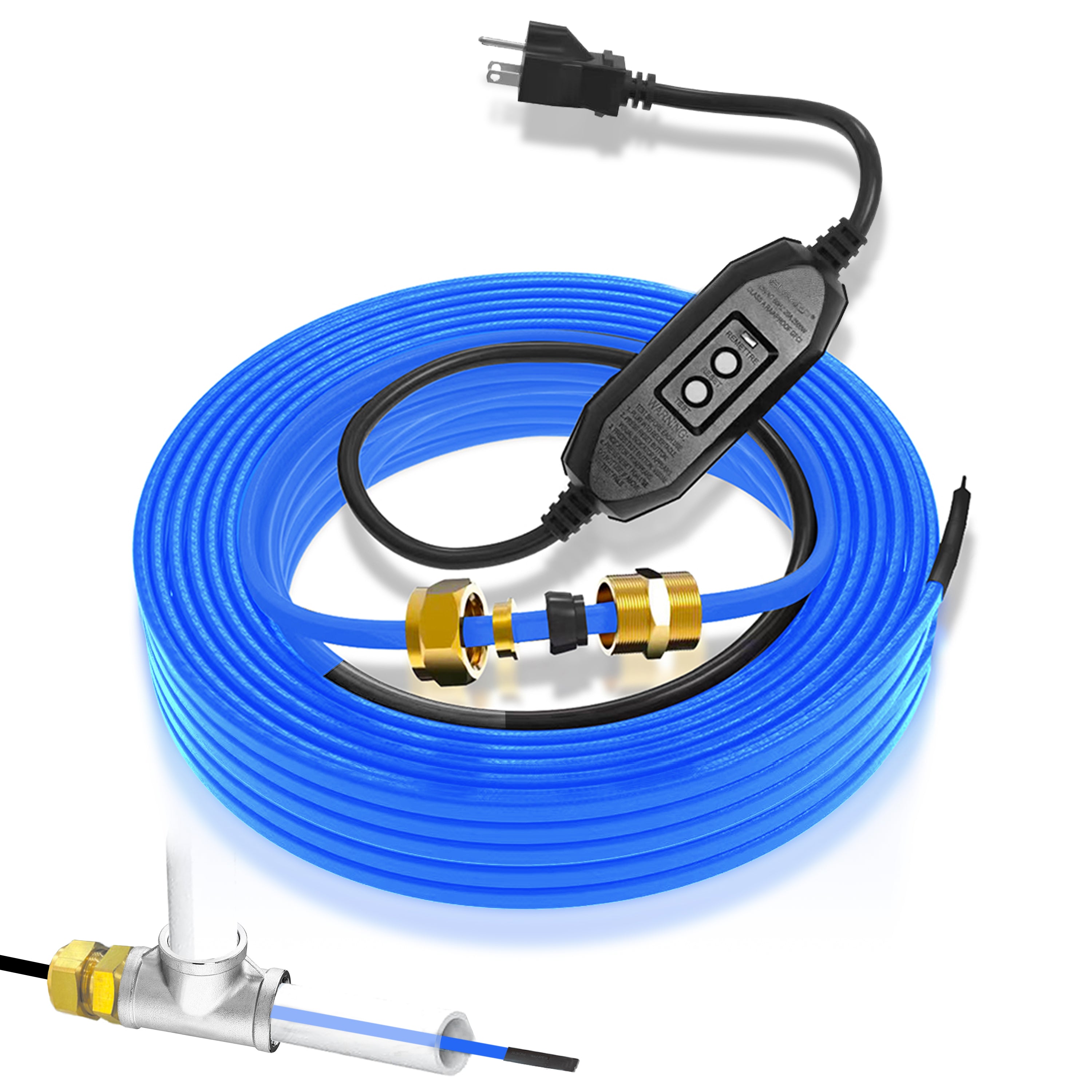
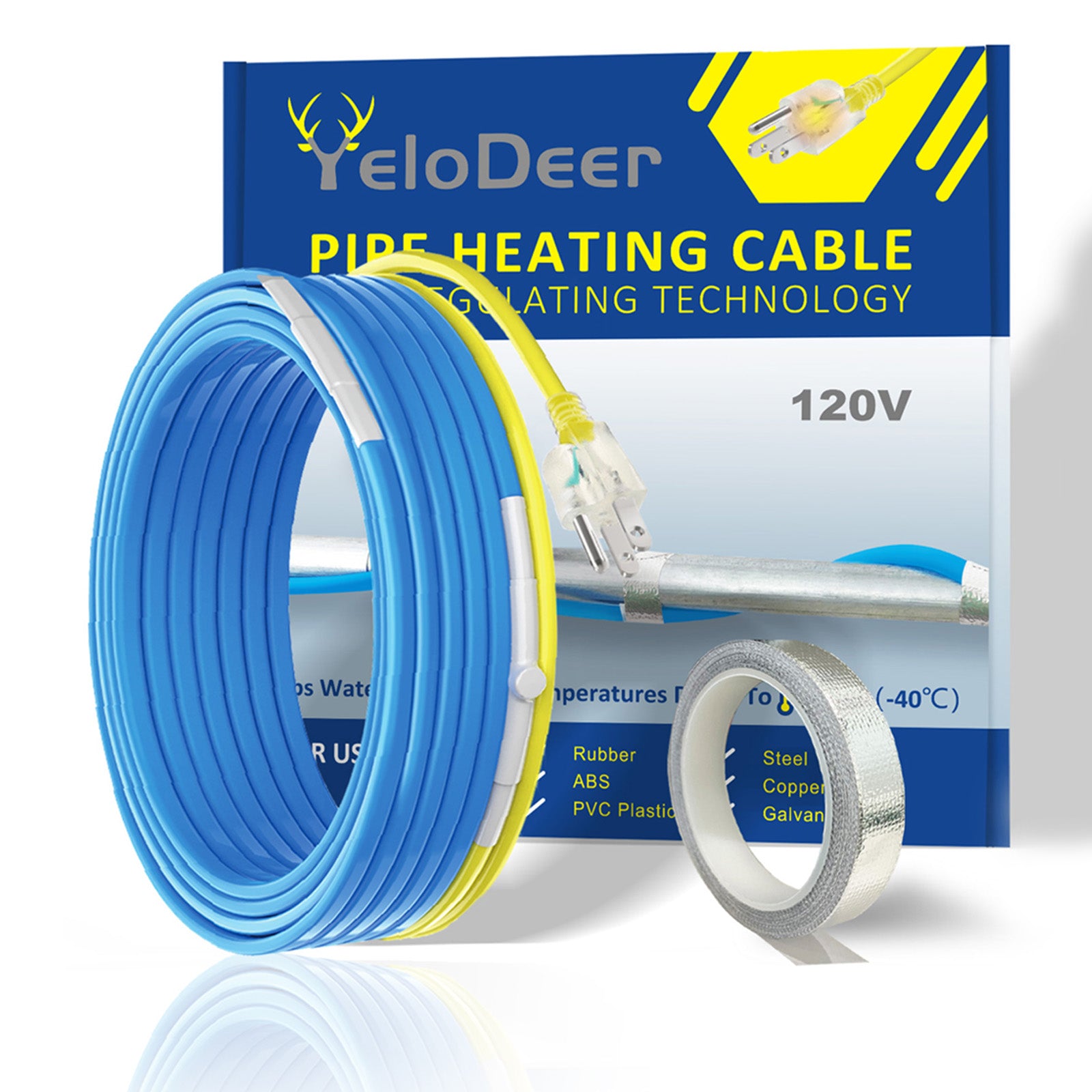
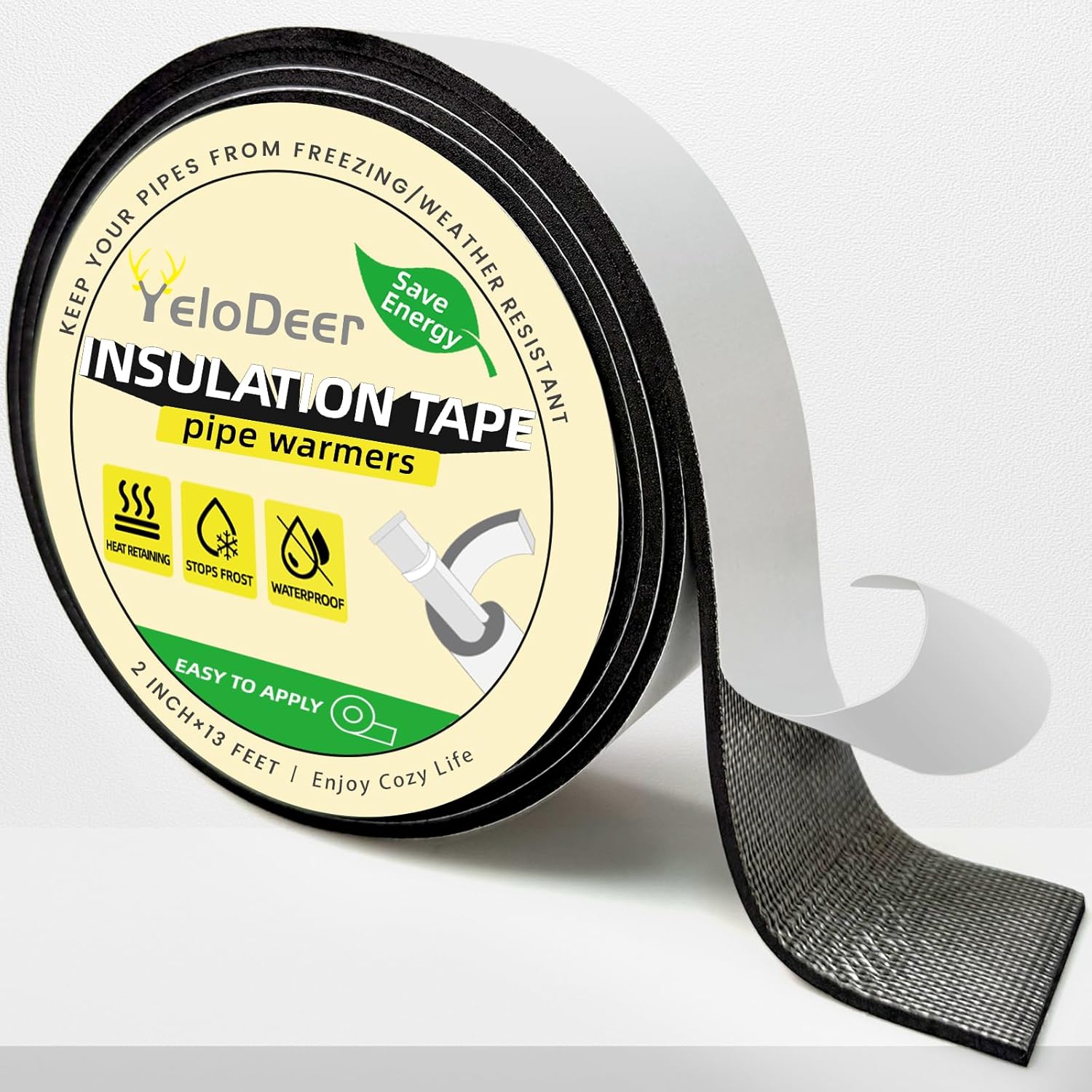
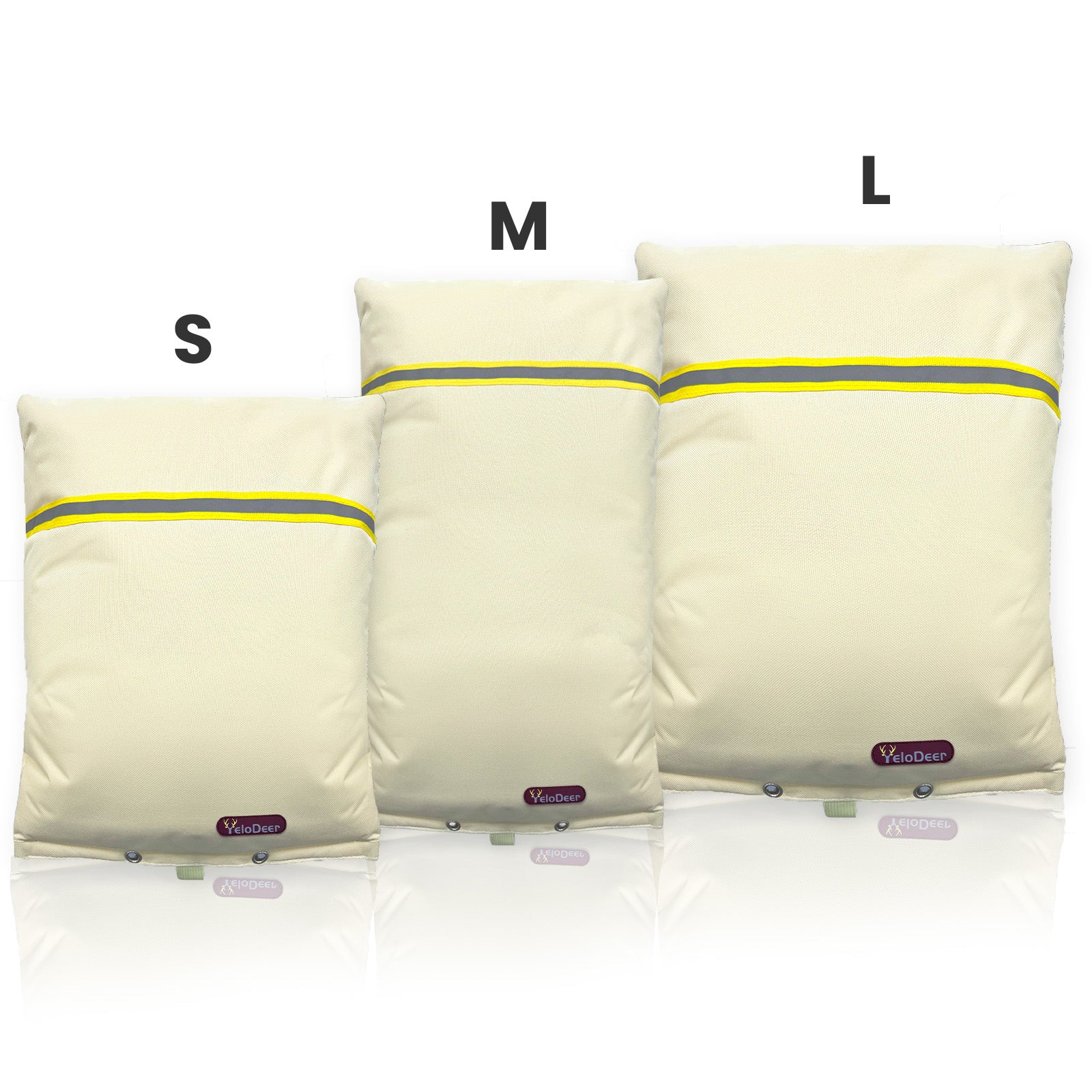
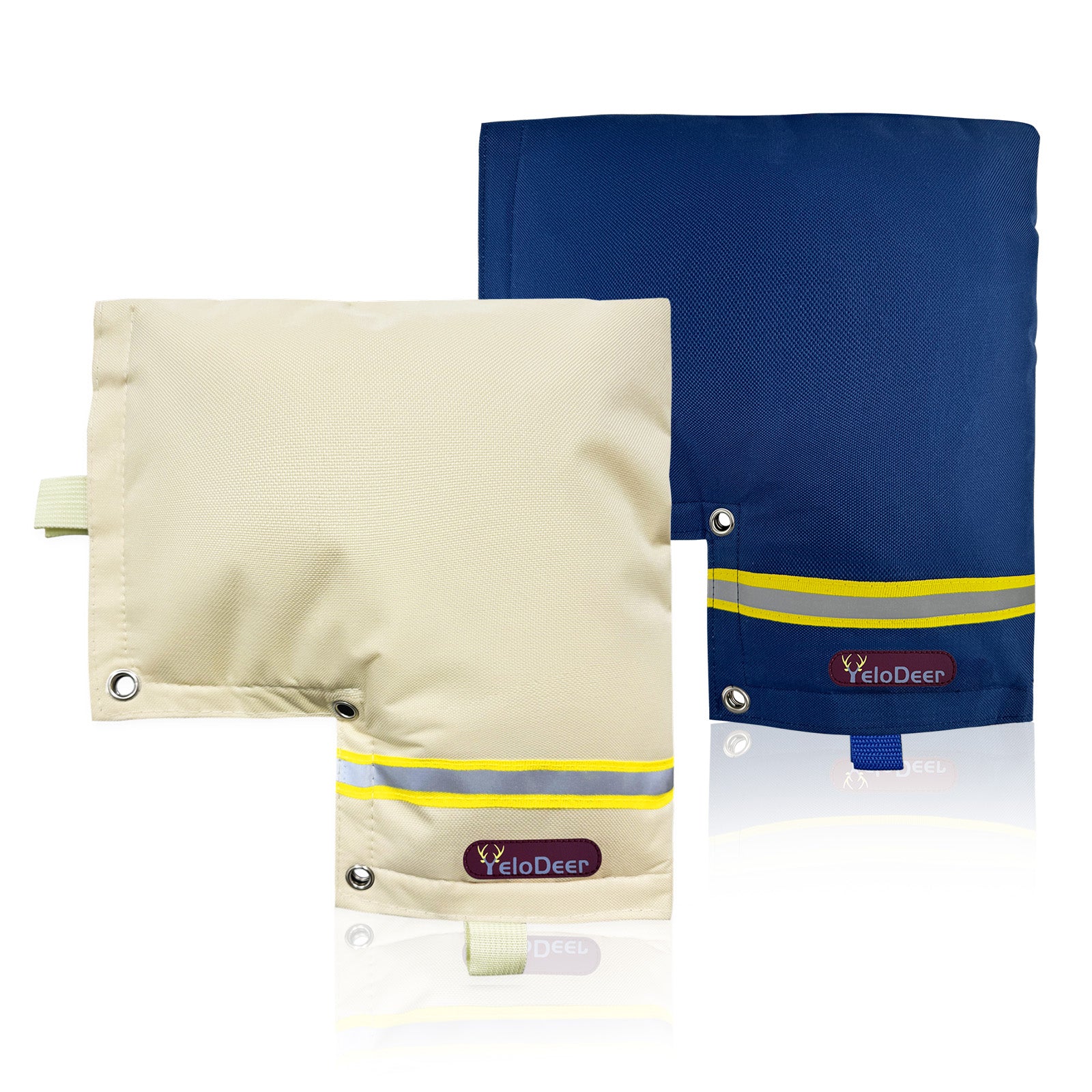

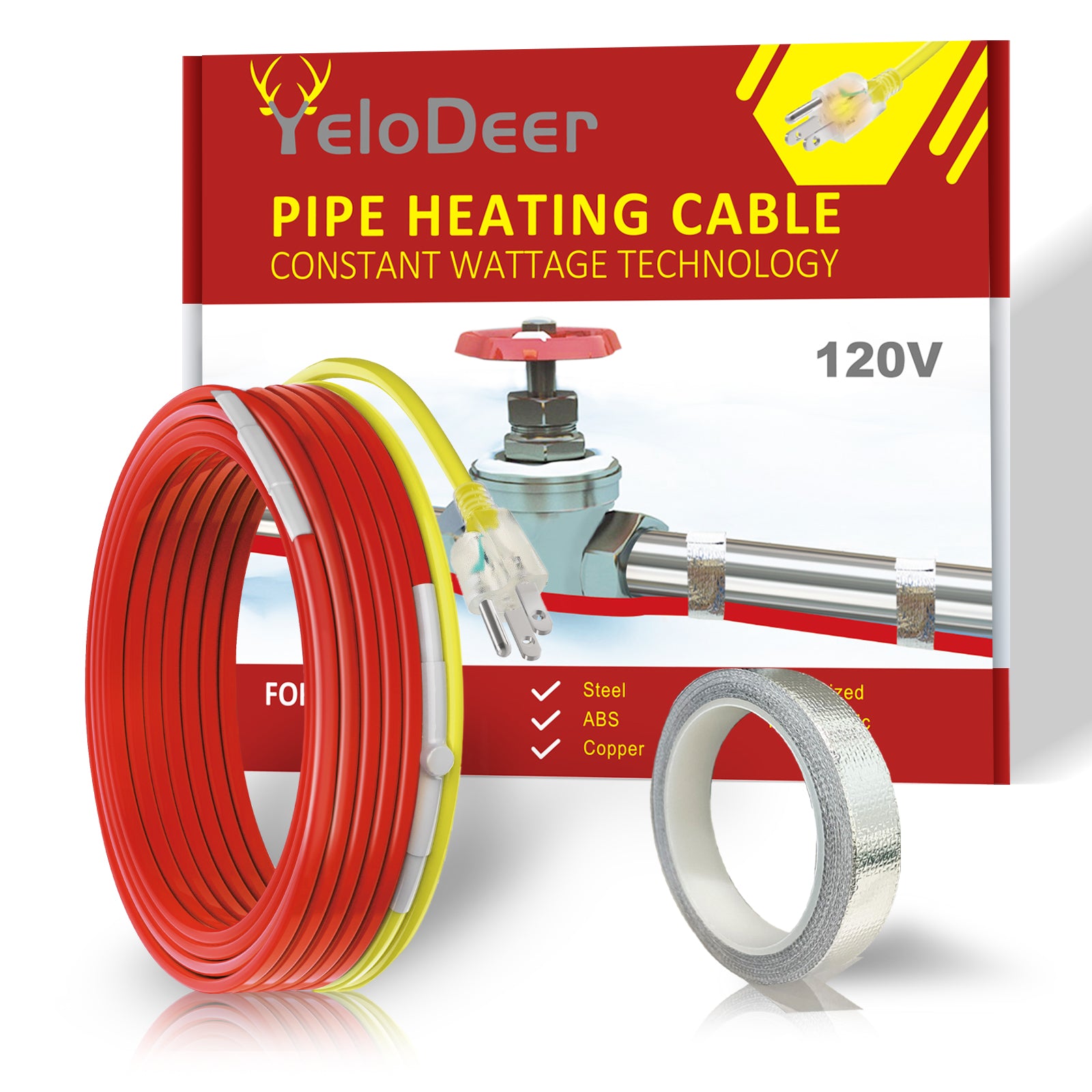
Comments (2)
Thank you for all your help.
I want to install in pipe heating trace wire.I have a well;what happens when I reach the well?does the water go back down by gravity when not in use because if there is a 90 degree in the pipe,how do I go trough that?